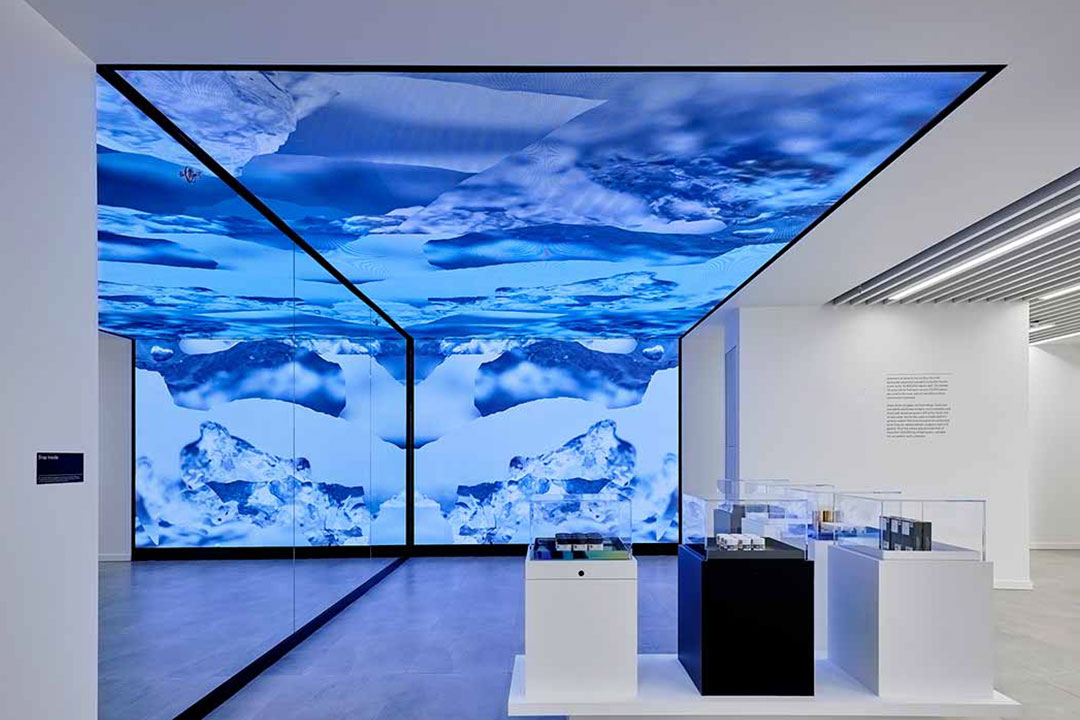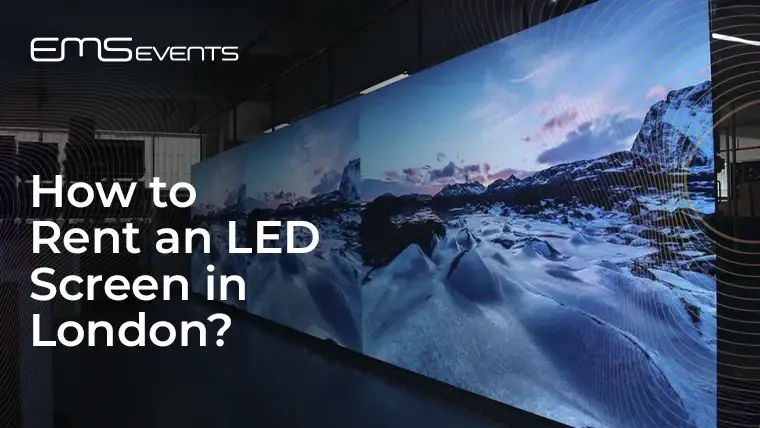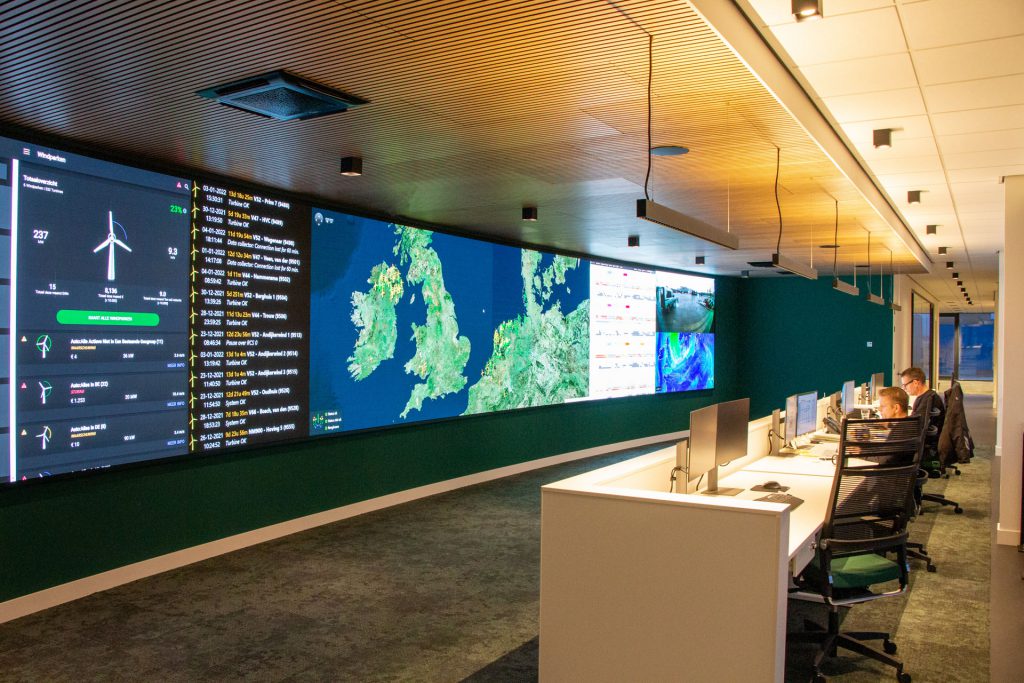Top Info For Choosing Lightweight Led Screen
Wiki Article
What Are The Top Aspects To Take Into Consideration When Selecting The Best Led Display?
Pixel resolution and pitch are incredibly important factors when looking into LED displays. These two elements directly impact the clarity and quality of the display, as well as the overall experience. The reason they matter in the first place:
1. Image Quality
Pixel Pitch: Pixel pitch is the distance between the middle of an LED pixel to the center of the next. A smaller pitch indicates that the LEDs have greater spacing, leading to a higher resolution. This directly translates into sharper images that have more detail, which are especially crucial for content or text with more fine specifics.
Resolution: The resolution is the number of pixels that are displayed on the display. It's typically expressed in terms of width x height, e.g. 1920x1080. A higher resolution display has more clarity and creates a more immersive viewing experience.
2. Viewing Distance
The ideal viewing distance is tightly tied to the pixel pitch. If the display will be observed from a distance, such as indoor displays used for retail or exhibitions or displays that are placed inside, then a lower (and therefore larger) resolution and pixel pitch is needed to avoid a pixelated picture. If the display will be viewed from a distance the display will not be affected if there are larger pixels.
3. Content Versatility
Displays that have smaller pixels and greater resolutions can handle a greater variety of content, including HD video and complex graphics. This versatility is vital in applications that require dynamic content, like broadcasting studios, digital signage or control rooms.
4. Costs
Yes, a smaller pitch of pixels will produce a higher quality image however, the cost to make the display will be significantly higher. The cost of creating screens with higher resolutions is greater due to the greater number of LEDs that are required. Therefore, it's important to think about the purpose, viewing distance, and budget when balancing the need for high-resolution screens.
5. Application Specificity
The importance of the resolution or pixel pitch could differ depending on your application.
Indoor Displays: Smaller pixels (e.g. 1.2mm up to 2.4mm) is typically required to attain high resolution at close distances.
Outdoor displays may have higher pixels pitch (e.g. between 4mm to 10mm) because they can be seen from a greater distance which makes high resolution not as important.
6. The ability to upgrade and the longevity
Pixel pitch decreases as display technology improves, allowing higher resolutions to be displayed on smaller sizes. A display with a high pixel pitch will be relevant for longer, and will reduce the need for upgrades.
Conclusion:
Pixel pitch and resolution are critical determinants of the performance of LED displays especially when it comes to image quality, viewing experience and content versatility. Consider your budget, your intended audience, and the purpose of your display when selecting LED displays. Check out the recommended creative led displays for website info including translucent led screen, flexible led display, led display rental, led display transparent, screen led display, led screen for outdoor, transparent screen monitor, transparent screen monitor, transparent display monitor, wall tv led and more.

What Is The Significance Of Viewing Angle In Led Research On Display?
When researching LED display applications It is crucial to consider the viewing angles. This is particularly important in situations where the LED display will be seen from different positions and angles. This is why the angle of view is crucial:
1. Uniform Image Quality
The viewing angle is the highest viewing angle that an LED display is able to be viewed at without compromising visual performance. It is typically measured using terms like brightness and color consistency. The viewing angle is defined in both the horizontal as well as vertical directions.
Importance: Wider viewing angles ensure the same image quality regardless of how the user is positioned in relation to the display. The brightness and colors will not be affected by watching the screen from a different angle, or above/below.
2. Audience Experience
The impact on large venues: Large venues such as concert halls, stadiums or conference centers can accommodate a large audience spread over a wide space. A display that has a narrow viewing angle could result in low visibility and deteriorated image quality for people sitting at sharp angles to the screen, leading to a subpar experience.
Application: In large-scale events or installations where the audience is placed within a broad arc, a wider view angle is required to ensure that all viewers are able to see a clear and vivid image of the material being shown.
3. The suitability of public Spaces
Public Displays: In locations like shopping centers, transportation hubs or outdoor advertising, the angle of view is crucial, as people are likely to view the display from multiple directions. A narrow angle of view will hinder the effectiveness and involvement of the display.
Application: For digital signage that is used in public spaces, a wide viewing angle increases the reach of the display and ensures that the display is visible and attractive from a variety of angles.
4. Content Consistency
The uniformity of color and brightness: A display that is not viewed from a proper angle may exhibit color shifting or brightness drop-off when viewed from a position that is not in the center. This could be an issue for content that is related to brands, and where the accuracy of color and consistency are essential.
Application Wide viewing angle is ideal for settings where brands must be consistent and have an identity, such as retail or corporate settings.
5. Installation Flexibility
Versatility when installing: A display with a large viewing area offers greater flexibility. As an example, it offers more innovative placement options such as placing the display on columns or putting it in areas where people can see it from a variety of directions.
Application: For artistic or architectural LED displays such as those used in galleries, museums or immersive experiences, a wider view angle is a great way to create creative designs, without compromising the user's experience.
6. Renting and staging: Performance
Event Setting: When renting or staging exhibits, which may be set-up in different designs, the wide viewing angle will ensure that they will perform flawlessly regardless of where audiences are positioned.
Application: In occasions such as concerts, trade shows and exhibitions when there is a possibility that people change direction or the display could be viewed from various locations and the large viewing angle allows all attendees to see a clear, engaging view of content.
7. Impact on ROI
Maximizing Visibility - A display with a wide angle of viewing is able to attract a greater audience, which will increase the impact and the ROI (return on investment). This is crucial, particularly for informational and advertising screens. The ability to increase visibility is vital to achieve desired outcomes.
Application: In a commercial installation increasing the level of engagement by making sure the display's visibility is maintained from multiple angles can improve the quality of content displayed.
Conclusion:
The viewing angle directly affects an LED display's visibility, reliability and efficiency. It is crucial in situations where the audience is spread out, where the display may be seen from different angles or in situations where consistency of content is crucial. When looking into LED displays, the wide viewing angle must be considered first to ensure the display will meet the requirements of the specific use case and delivers a top-quality view for all users. Have a look at the top led rental screen for website tips including led transparent display, flexible led display, display led outdoor, led video wall panels, led wall tv, video walls, display device, led video wall panels, flexible led display, church video wall and more.

How Important Is The Importance Of Color Accuracy And Calibration When Investigating Led Displays?
It is crucial to keep an eye on the accuracy of colors and calibrating LED displays when you are investigating them, especially when they are employed in situations where brand integrity and visual quality are essential. These are essential for a variety of reasons.
1. Realism and Visual Quality
Color Accuracy: The degree that the LED display accurately reproduces the colors that the creators of the content wanted to portray. High-quality color accuracy makes images and video look vivid and authentic, and colours appear as they ought to.
Importance : For applications like broadcasting advertising, professional presentations and retail presentations precise color reproduction is vital to preserve the visual appeal of content and effectively conveying the message.
2. Brand Integrity
Consistency in branding Consistency in branding: For companies who rely on certain colors to define their brand it is vital to ensure that the colors are accurate. A deviation from proper colors could misrepresent the brand and potentially damage its identity.
Application: Keeping brand colors in the right way when it comes to retail display, corporate and advertising is crucial for uniform brand representation across all media and platforms.
3. Engagement of the audience and its impact
Enhanced Viewer Experience: Displays with high-quality color accuracy can provide a more immersive and engaging experience for the audience. Accurate color helps convey emotions and message more efficiently. This improves overall impact.
Application: In entertainment venues, museums, or any other setting in which content is intended to trigger a particular emotional response, accurate color ensures that the audience experiences the content in the way it was intended.
4. Content Creators' Intent
Designers, artists, content creators, and others often invest a lot of effort to produce visuals using specific colors. The work will be displayed exactly how it was designed with an LED display that reproduces the colors accurately.
Application: When working in film, digital art, photography or other fields where color is an important element of aesthetics and storytelling, maintaining color accuracy will ensure that the creator's vision is taken into consideration.
5. Calibration to Ensure Consistency
Uniformity across Panels: Calibration is used to make sure that all panels in an LED display are calibrated so they display the same colors and brightness, which avoids mismatches or seams. This is crucial for large displays that are composed of multiple panels.
Regular maintenance: Even the best displays will lose color accuracy in time. To ensure that the display meets standard of quality and functions consistently it is essential to calibrate the display regularly. display is essential.
Application: Video walls, large outdoor screens, or any multipanel setup need calibration to create a uniform, seamless look. This is essential for professional and high-profile installations.
6. Effect on the Content Types
Different types of content: Different types of content need different levels and accuracy in terms of color. As an example medical displays have to be precise in order to give a proper diagnosis, while displays for advertising could be more concerned with vibrancy and saturation.
Application: In certain fields like design, medical imaging and retail, the capability to finely alter color settings is a guarantee that the display is in line with the specific requirements of the content that it shows.
7. Technology and Specifications
Bit Depth and Color Gamut Displays that have high bit depths and broad color gamuts (such as DCI-P3 or Rec. 2020) offer greater color accuracy and provide a wider range of colors. Knowing these specifications is crucial when choosing a screen for applications that require high-quality color.
Advanced Calibration Tools: Modern LED displays often include advanced calibration software and tools which allow for precise adjustments to ensure that the display is accurate in the long run.
Application: For businesses where accuracy of color is a must, such as film production, graphic design and advertising with high-end quality investing in displays with superior color accuracy and calibrating capabilities is vital.
Conclusion:
Color accuracy and calibrating LED displays is vital to ensure they produce top-quality images that are consistent with the brand standards. If the display is employed in entertainment, advertising or professional presentations, as and in specific fields like medical imaging, then precise color reproduction is essential to get the desired impact while preserving the integrity of the visual. When evaluating LED display options, make sure you focus on accuracy in color and calibrating, especially when the software you're using requires precise colors and consistent performance. Check out the top rated flexible advertising boards for blog info including led display rental, outdoor digital screens, flexible led display screen, tv the wall, display device, digital display, transparent led display screen, display device, transparent display monitor, led video wall and more.
